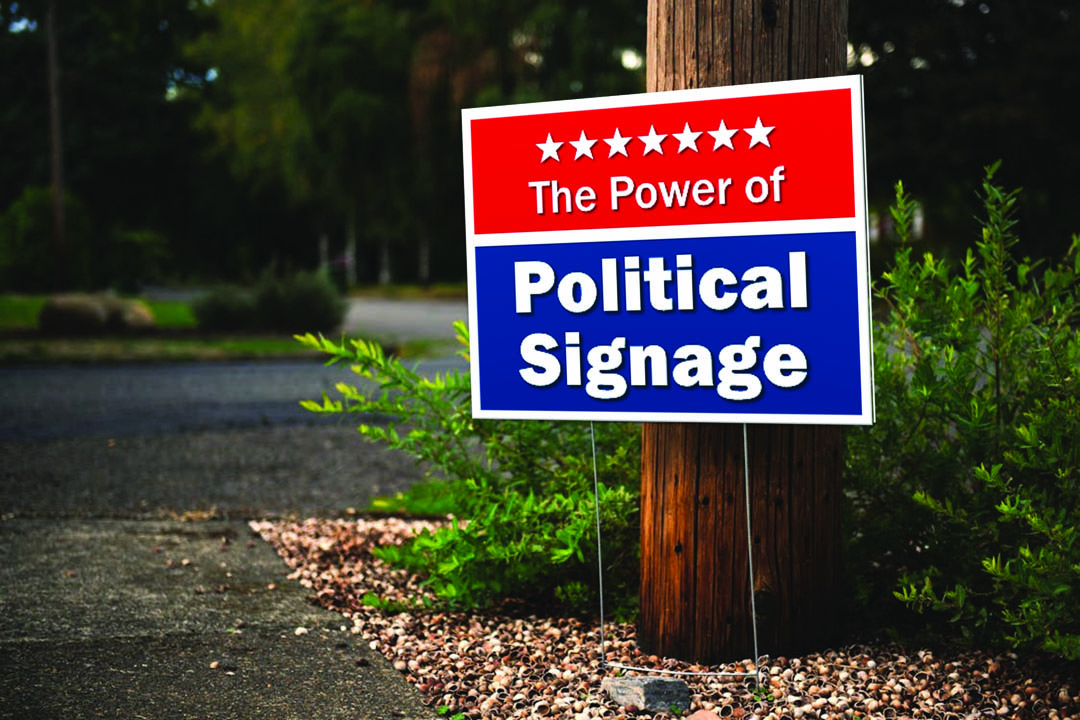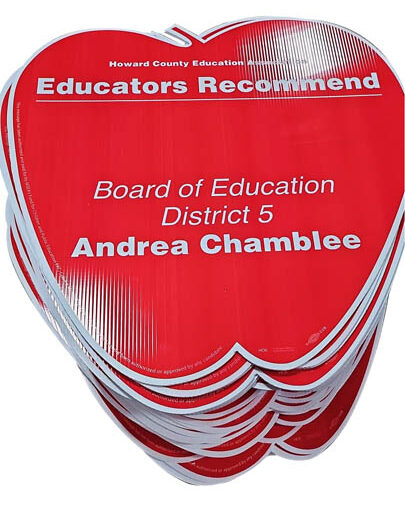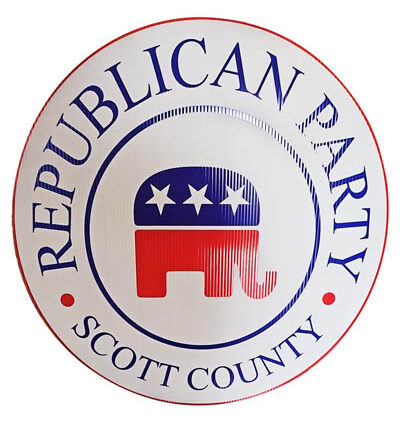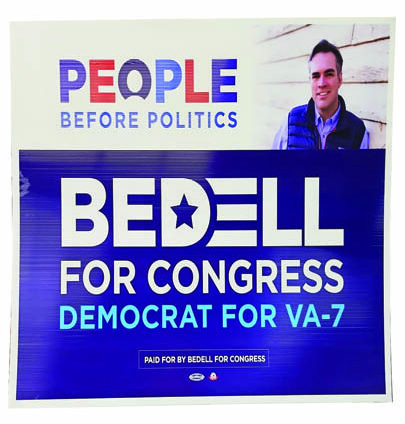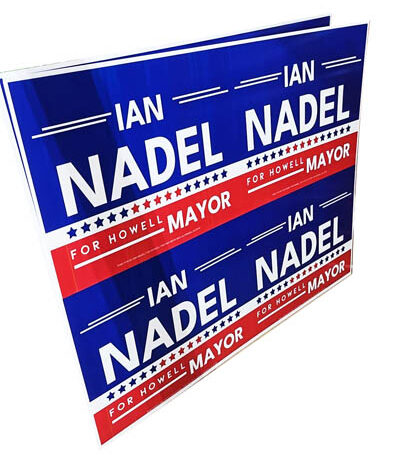Political campaigns are getting active this time of year, with candidates seeking voter attention across various platforms. But amid the digital buzz and social media battlefield, a more traditional tool persists: political signage. Those ubiquitous yard signs, banners, and billboards hold surprising power in the race for votes.
This article digs into the world of political signage, exploring its purpose, key elements, and what sets it apart from other forms of visual communication. We’ll also explore current trends shaping the landscape of political signage, highlighting innovative approaches that engage voters and influence elections.
The unsung hero: Political signage
Political signage might seem like a simple visual element, but its role in campaigns is far from basic. It serves as a silent messenger, constantly reminding voters of a candidate’s presence and key messages. Here’s why political signage remains a crucial campaign tool:
- Boosting visibility: In a crowded field of candidates, grabbing attention is paramount. Political signs act as a constant visual reminder, keeping the candidate’s name, message, and image fresh in voters’ minds in specific locations.
- Reinforcing the message: Signage isn’t just about name recognition. It’s a canvas for campaign slogans, core values, and key issues. Seeing these messages repeatedly can help solidify a candidate’s platform in voters’ minds.
- Mobilizing supporters: A strategically placed yard sign in a neighborhood with strong support can energize voters and encourage them to head to the polls. It creates a sense of community and belonging for those who identify with the candidate’s cause.
- Building a brand identity: Think of political signage as a visual extension of a candidate’s brand. The color scheme, fonts, and even the chosen photograph all contribute to an overall image that resonates with voters and reinforces the candidate’s persona.
Beyond these benefits, political signage is also a cost-effective way to reach a broad audience. Unlike targeted online ads, a well-placed sign can capture the attention of anyone passing by, regardless of their online habits.
The building blocks of effective political signage
While the message itself is crucial, the way it’s presented also plays a significant role. These are three key ingredients for effective political signs:
- Clear communication: The message needs to be concise and easy to grasp at a glance. Imagine someone driving by — can they understand the candidate’s name and key message within seconds?
- Strong visuals: High-quality images and a visually appealing layout draw attention and make the sign more memorable. Colors and fonts should be chosen strategically to evoke desired emotions and reinforce campaign branding.
- Contact information: Provide a clear call to action. Include the candidate’s website address, social media handles, or phone number for voters seeking further information or to get involved.
Remember, political signage is a visual conversation starter. It’s a way to spark curiosity and encourage further engagement with the candidate and their platform.
Political signage versus everyday signs: What makes them different?
Political signage shares some similarities with commercial signage, but there are key distinctions that set it apart:
- Temporary nature: Unlike permanent storefront signs, political signs are temporary fixtures typically deployed only during campaign seasons. Once the election is over, these signs disappear from the landscape.
- Targeted audience: Political signage isn’t a one-size-fits-all approach. Campaigns often tailor signs to specific demographics or geographic areas, using visuals and messaging that resonate with those specific voter groups.
- Regulatory environment: To safeguard fair play and avoid voter confusion, political signage is subject to specific regulations. These regulations might govern the size, placement, and content of signs, ensuring compliance with election laws.
These unique characteristics call for a strategic approach to political signage. Campaigns need to factor in time constraints, target audience demographics, and relevant regulations to design and deploy impactful signs that achieve their desired results.
Picking the right sign: What sign to choose?
Not all signs are created equal, so each medium offers distinct advantages tailored to different campaign objectives.
Each medium serves a unique purpose in a comprehensive campaign strategy, and the choice depends on factors such as budget, target audience, geographic scope, and campaign objectives.
Campaign managers, political advisors, and PR firms are the typical clients of political signage, and they usually deal with billboard circuit representatives, or wholesale suppliers for their banners and yard signs.
The evolution of political signage: Embracing new trends
The world of political signage isn’t static — it’s constantly evolving to adapt to innovation and changing voter behavior. Here are some of the hottest trends shaping the future of political signage:
- New printing technologies: Single-pass inkjet digital printing brings several advantages over traditional printing methods. Up to 20 times faster than multi-pass, digital single-pass also offers significant cost advantages and top-quality graphics, and their UV-cured inks are naturally fade-resistant.
- Data-driven targeting: Campaigns are incorporating voter data analytics to strategically place signs. This allows for micro-targeting specific segments of the population with tailored messages that resonate most effectively.
- Social media synergy: Political signs are no longer isolated entities. They often incorporate social media handles, relevant hashtags, and QR codes, encouraging viewers to engage online and amplify campaign messages across platforms.
- Digital signage on the rise: The use of dynamic digital billboards and electronic displays is gaining traction. These signs offer the ability to display real-time updates, interactive elements, and captivating visuals to capture voter attention.
- The green approach: Sustainability is becoming a priority in political campaigns. Eco-friendly materials like recycled, recyclable, or biodegradable substrates are being used for sign production. Some are exploring reusable signs that can be deployed across multiple campaigns, reducing waste. These trends highlight the growing sophistication of political signage. Campaigns are no longer relying solely on static signs. They’re embracing technology, data-driven approaches, and environmental consciousness to create engaging and impactful visual experiences for modern voters.
Why strategic signage matters
In the grand scheme of a political campaign, a single yard sign might seem insignificant. But consider the cumulative effect of thousands of signs strategically placed across a county, city, or state. Political signage is a powerful tool for building brand awareness, reinforcing messages, and mobilizing voters.
By understanding the unique characteristics of political signage, embracing current trends, and adopting a strategic approach, campaigns can leverage this often-underestimated tool to its full potential. Ultimately, effective political signage can be the difference between a candidate’s name fading into the background noise and standing out as a clear choice come election day.
Sign sales pitch
- Hyperlocal visibility: Ideal for targeting specific neighborhoods to offer localized exposure.
- Cost-effective: Inexpensive to produce and distribute, recyclable coro and polybag signs are great for widespread deployment.
- High frequency: With many yard signs placed in densely populated areas, they provide repeated
exposure to passersby traffic. - Personal connection: Seen as grassroots and relatable, yard signs give a sense of community engagement.
- Weather resistance: When printed with UV-cured digital inks, yard signs won’t fade and will hold their colors through whole campaigns.
- Versatility: Can be displayed in various locations, including streets, buildings, and events, offering flexibility in targeting.
- Prominent visibility: Large signs attract attention from a distance in high-traffic areas.
- Branding opportunities: Ample space for candidate imagery, campaign slogans, and messages.
- Durability: Banners have a long outdoor life span.
- Customization: Available in different sizes, shapes, and designs, allowing for tailored messaging.
- Wide reach: Along highways, intersections, and urban centers, they reach large and diverse audiences.
- High impact: Larger-than-life
visuals and bold messaging grab attention and make billboards more memorable. - 24/7 visibility: With appropriate lighting, signs ensure constant visibility to commuters and
pedestrians. - Branding authority: Prominent presence establishes candidates as credible and authoritative figures.
- Strategic positioning: Smart placement near polling stations, high-traffic routes, or targeted demographics maximizes effectiveness.

